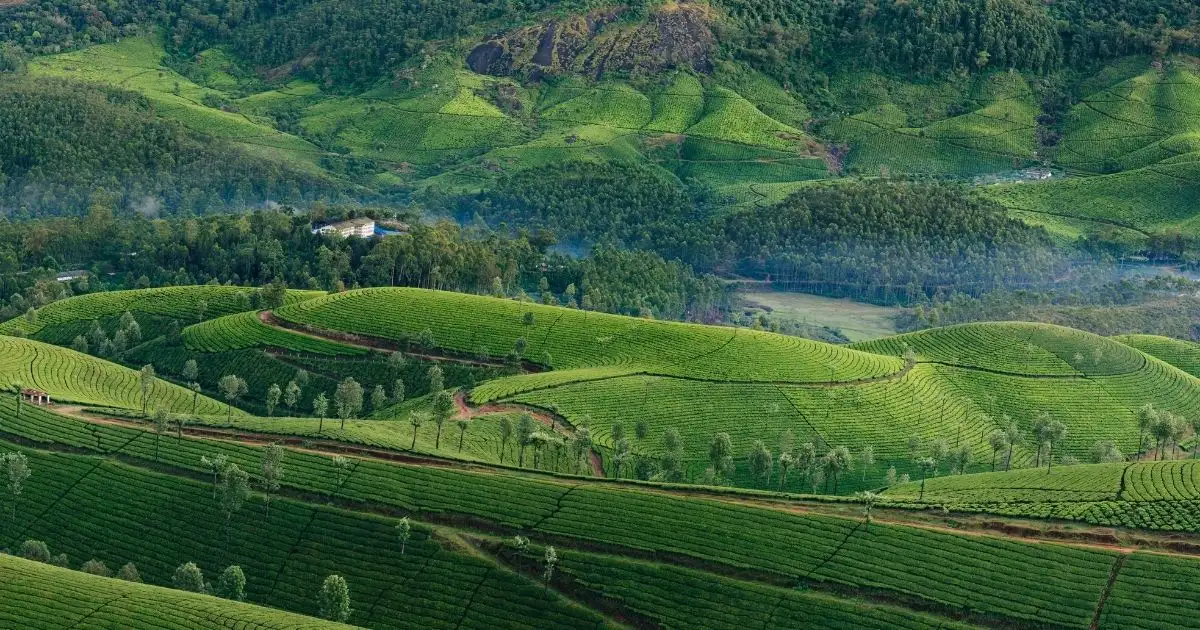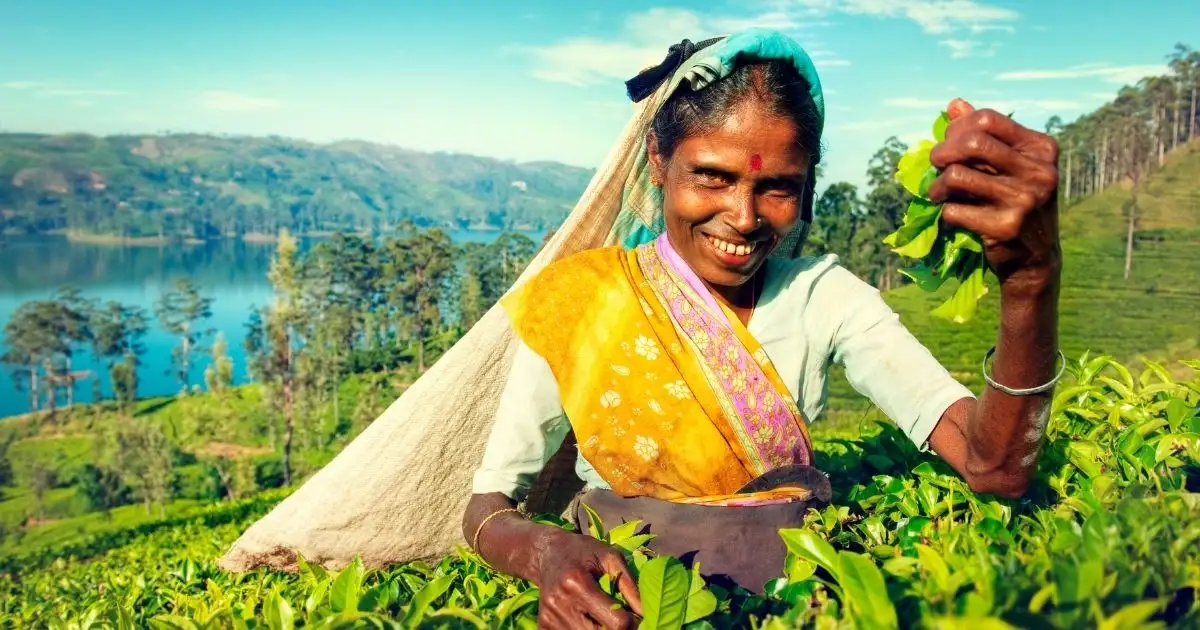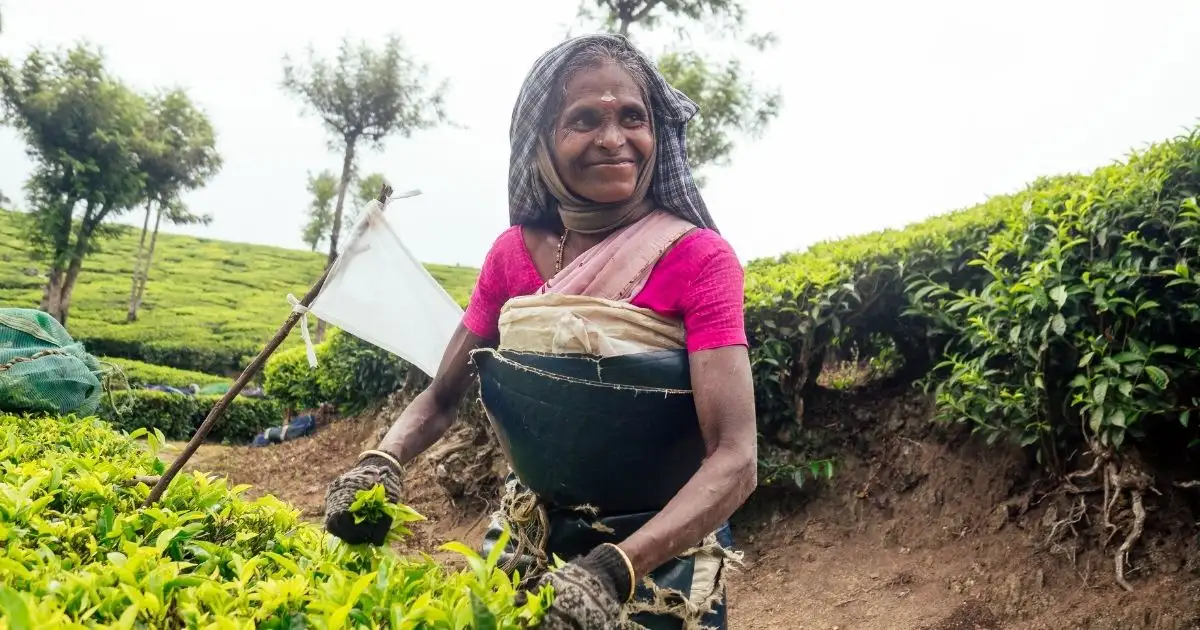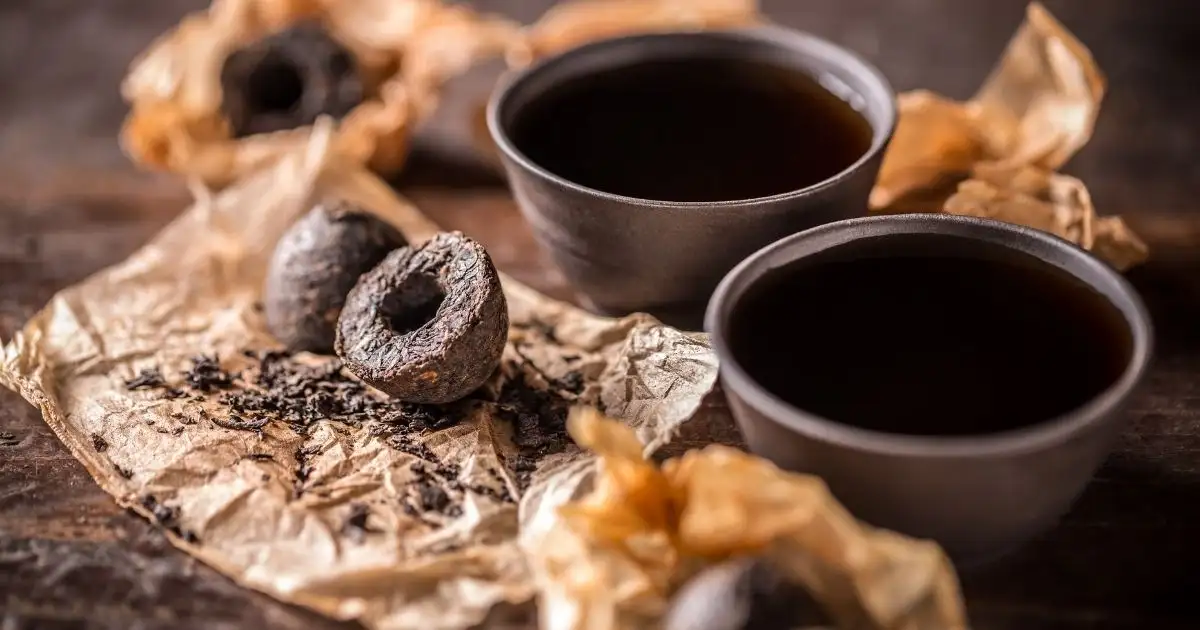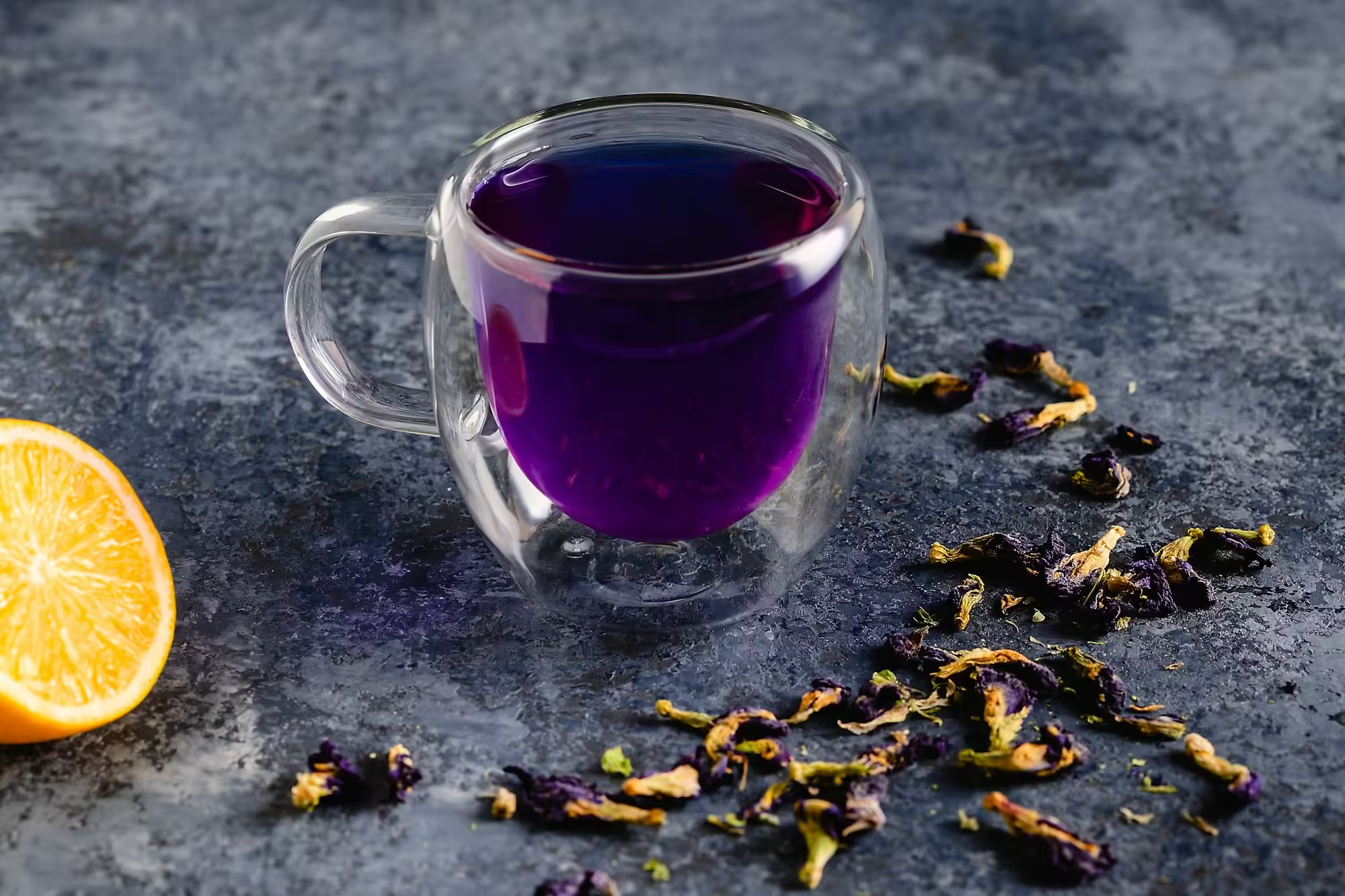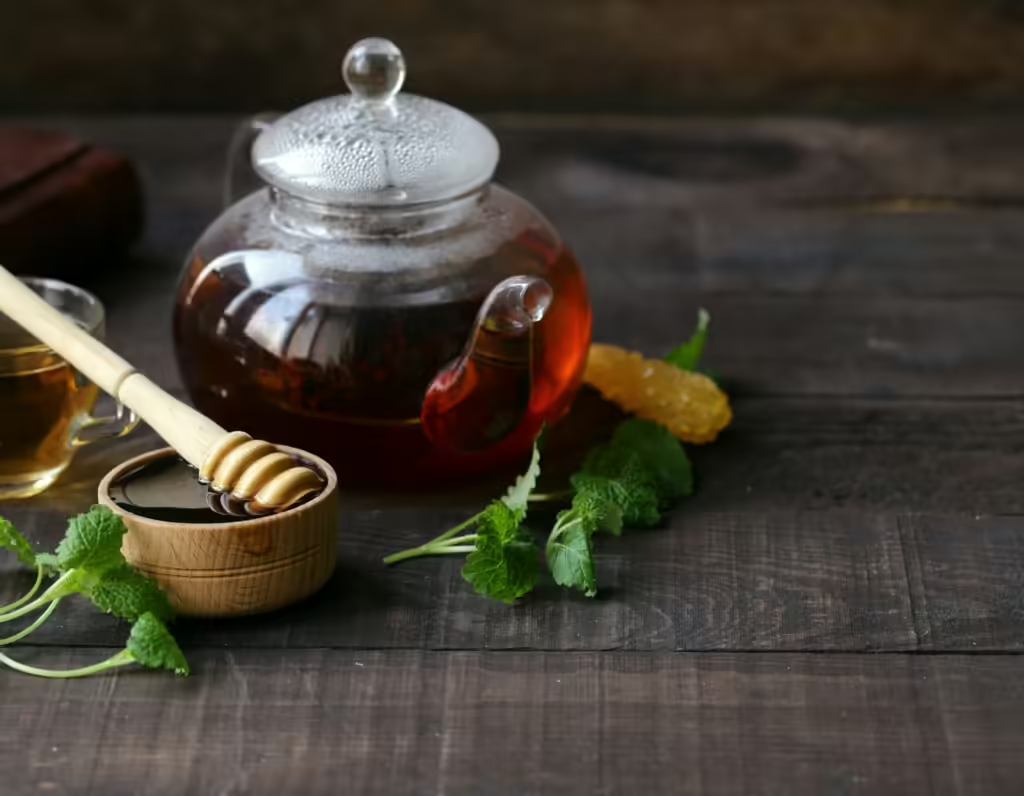Tea is more than just a beverage; it’s a ritual, a cultural tradition, and an aromatic journey that spans centuries and continents. Whether you’re a seasoned tea enthusiast or just beginning to explore the world of tea, mastering the art of tea brewing can elevate your tea-drinking experience to new heights. In this comprehensive guide, we will delve into the science, techniques, and nuances of tea brewing, equipping you with the knowledge to brew the perfect cup every time.
Understanding the Basics of Tea Brewing
Before we explore specific brewing techniques and methods, it’s essential to understand the fundamental elements that influence the taste, aroma, and overall quality of brewed tea:
- Water Quality: The foundation of a great cup of tea starts with water. Use fresh, filtered water to avoid any unwanted flavors or impurities that can alter the taste of your tea.
- Water Temperature: Different types of tea require different water temperatures to extract their optimal flavors. Generally:
- White and Green Teas: 160-180°F (70-80°C)
- Oolong Teas: 180-200°F (80-90°C)
- Black and Herbal Teas: 200-212°F (90-100°C)
Investing in a kettle with temperature control can help achieve precise water temperatures for various tea types.
- Tea-to-Water Ratio: The amount of tea leaves used relative to the amount of water (typically 1 teaspoon of loose tea per 8 ounces of water for most teas) affects the strength and flavor intensity of the brewed tea.
- Steeping Time: Steeping time varies depending on the type of tea and personal preference. It typically ranges from 1-5 minutes. Longer steeping times can lead to bitterness, while shorter times may result in a weaker brew.
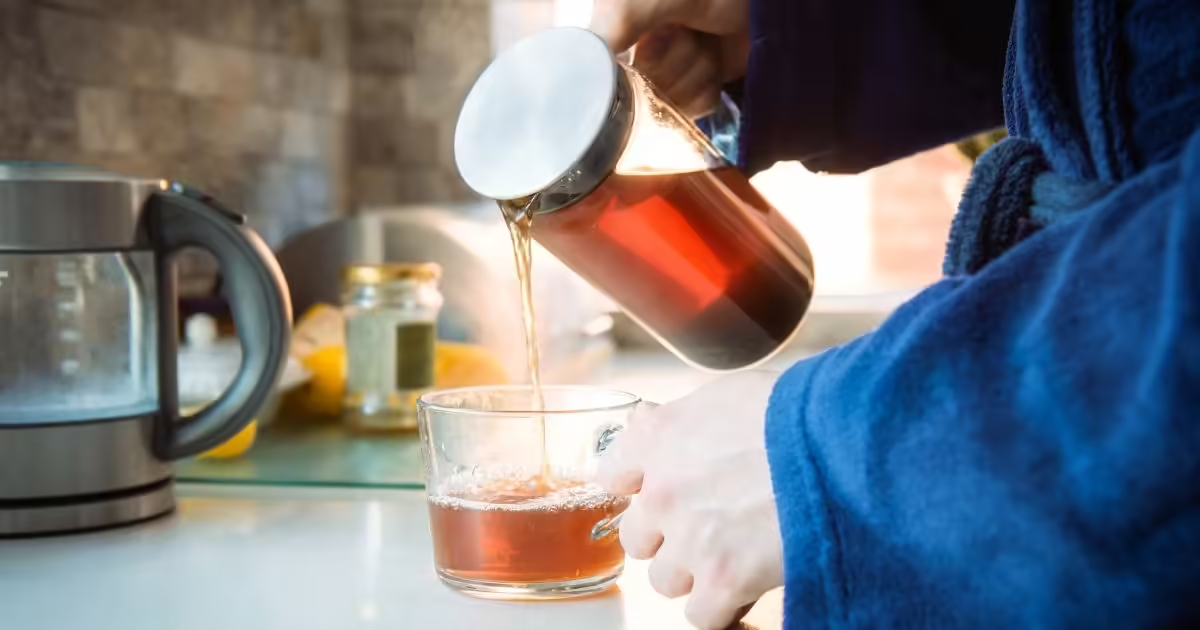
Exploring Different Tea Brewing Methods
Tea brewing methods vary widely, each offering unique advantages and opportunities to enhance your tea experience. Let’s explore some popular methods:
1. The Classic Loose Leaf Method
The classic loose leaf method offers the most control over the brewing process:
- Steps:
- Heat water to the appropriate temperature.
- Measure out the desired amount of loose tea leaves into an infuser or teapot.
- Pour hot water over the leaves and steep for the recommended time.
- Strain or remove the leaves to avoid over-steeping.
- Advantages:
- Allows customization of tea-to-water ratio and steeping time.
- Preserves the full flavor spectrum of loose tea leaves.
- Ideal for exploring premium and specialty teas.
2. Convenient Tea Bag Method
Tea bags provide convenience and consistency:
- Steps:
- Simply place a tea bag in your cup or mug.
- Pour hot water over the tea bag.
- Steep for the recommended time (usually indicated on the packaging).
- Remove the tea bag and discard.
- Advantages:
- Quick and easy to use, perfect for busy lifestyles.
- Minimal cleanup.
- Available in a wide variety of tea types and flavors.
3. Cold Brew Method
Cold brewing offers a refreshing alternative, particularly suited for hot summer days:
- Steps:
- Place tea leaves in cold water (use a higher tea-to-water ratio).
- Refrigerate for several hours or overnight to steep.
- Strain the tea leaves and serve chilled.
- Advantages:
- Produces a smooth, mellow tea with reduced bitterness.
- Requires no heating, preserving delicate flavors and aromas.
- Can be enjoyed as is or over ice.

Advanced Techniques for Tea Connoisseurs
For those looking to deepen their tea brewing skills and explore the nuances of tea:
-
- Gongfu Cha: A traditional Chinese method involving multiple short infusions in a small teapot or gaiwan, emphasizing precise control over water temperature, leaf quantity, and steeping times.
- Japanese Tea Ceremony: An elaborate ritual centered around the preparation and serving of matcha, requiring specialized tools like a bamboo whisk (chasen) and tea bowl (chawan).
Enhancing Your Tea Experience
To elevate your tea brewing experience, consider these additional tips and tricks:
-
- Experiment with Flavor Additions: Enhance your tea with a slice of lemon, a sprig of fresh mint, or a touch of honey to personalize your brew.
- Invest in Quality Teaware: Quality teapots, infusers, and tea cups can enhance the aesthetics and functionality of your tea brewing ritual.
- Explore Tea Varieties: From delicate green teas to robust black teas and floral herbal infusions, explore a variety of tea types and origins to discover your favorites.
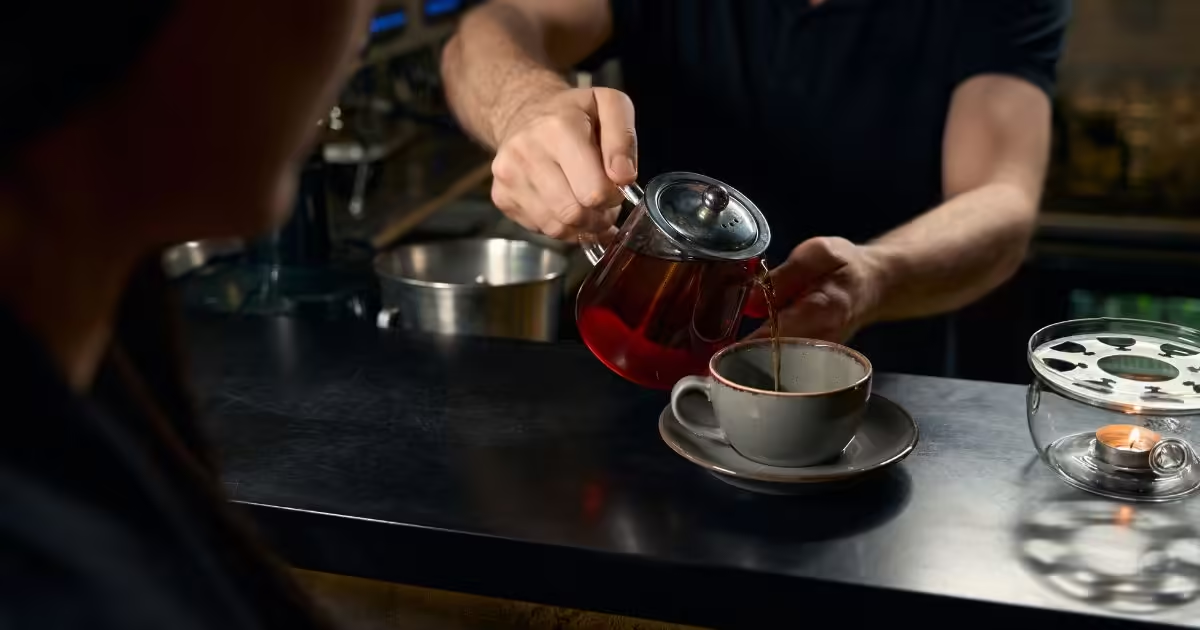
Discovering Ceylon Teas: A Journey in Flavor
Consider exploring the exquisite flavors of Ceylon tea from Sri Lanka:
- Black Teas: Known for their bold flavors and rich aromas, Ceylon black teas range from brisk and robust to smooth and malty. Click here to buy Black Tea
- Green Teas: Delicate and refreshing, Ceylon green teas offer subtle vegetal notes and a clean finish. Click here to buy Green Tea
- White Teas: Rare and prized, Ceylon white teas are characterized by their delicate flavors and light, airy aromas. Click here to buy White Tea.
Conclusion: Embracing the Art of Tea Brewing
Tea brewing is a rewarding journey of exploration and discovery. By understanding the fundamentals of tea brewing—water quality, temperature, tea-to-water ratio, and steeping time—you can unlock the full potential of every cup. Whether you prefer the simplicity of tea bags, the precision of loose leaf brewing, or the tranquility of a traditional tea ceremony, each method offers its own charm and delights.
As you embark on your tea brewing adventure, experiment with different techniques, explore diverse tea varieties, and savor the sensory experience that tea offers. Let each cup of tea become a moment of relaxation, reflection, and appreciation for the artistry and culture woven into every leaf. Cheers to your journey into the world of tea brewing—may each brew bring you closer to tea perfection, one sip at a time.
If you like to know more about tea brewing, please visit the Tea Brewing section.
References


